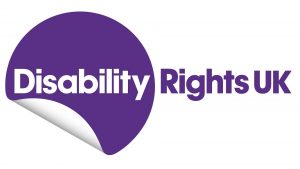I just read an interesting article about the expectations people have about transcription and the reality. Until you are a transcriber yourself will you only realise the skill that is required in transcribing difficult audio. Of course single speaker surveyor/doctor/solicitor type recordings should be a joy to do, as they usually speak clearly into the dictaphone with minimal background noise. However, transcription companies receive many files with 2 or more participants and the places that the recording takes place can vary from a canteen to a board room with the microphone too far away etc. I even had a recording from somebody who left the dictaphone in their pocket and was walking down the street whilst discussing the topic! Of course this does not make for a clear recording and therefore will have an impact on the final transcription.
Presentation
When submitting an audio for transcription you need to take into account a number of factors. Of course presentation is vital. The document should look neat, tidy, with adequate margins, paragraphs aligned together, and differentiations of speakers clearly visible.
Length of the audio
An hour audio will not take one hour to type! It will take at least 3 hours, and more likely to be 4 for a clear recording, and that is without proof reading it. If there is background noise this adds to the time as the transcriber needs to go back over it again to hear what was said. If there are strong accents this can add to the time taken, especially if the typist is not from that area. The more speakers there are the more difficult the file as it becomes more of a task to identify them. It is helpful if the speakers identify themselves at the beginning of the audio, we can then write down their names and a description of their voice, tone and accent. If the speakers are all the same gender and sound very similar, this can be a challenge.
The transcriber should always go back through at the end and proof read their work trying to fill in any unclear sections as they go. A second proof reader is always a good idea as a fresh pair of eyes/ears can sometimes pick up parts that the other typist couldn’t.
Speed versus accuracy
Accuracy is more important than speed to a certain extent. Our transcriptionists need to type at least 60 words per minute, otherwise jobs would take too long to turn around. However, it is no use typing at 90 words per minute if there will be many mistakes. I would rather the typist slowed down a bit and ensures the document is accurate. The transcriptionist needs to have good listening skills, the correct headphones and speakers, and of course perfect spelling and grammar, to ensure the audio can be heard as clear as possible.
Research
Transcriptionists often have to research the internet to find out the spellings of places, people’s names, medical terminology etc. This can be very time consuming. We had a project once where we had to transcribe 200 hours per week of TV shows. They were documentaries and we had to put so much of our time into researching various spellings of places and names on the internet. This was a huge job so we were happy to do it, and I can see why the client wanted to keep the costs down, it was a very large project. It was very interesting too. Most of my transcribers really enjoyed it, but some pulled out due to the fact it was taking too long to do and they felt they weren’t making enough money for the time it was taking, which is partly the point of this article, as I said in the title, transcribing is not always as simple as people think.





Leave a Reply